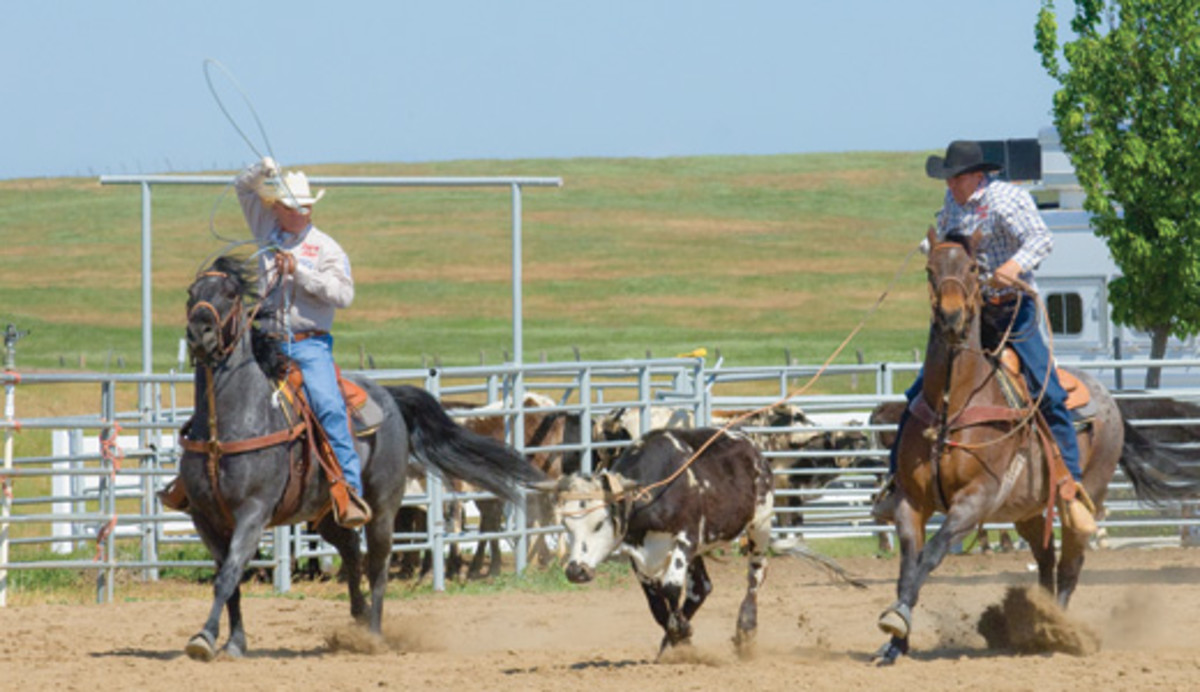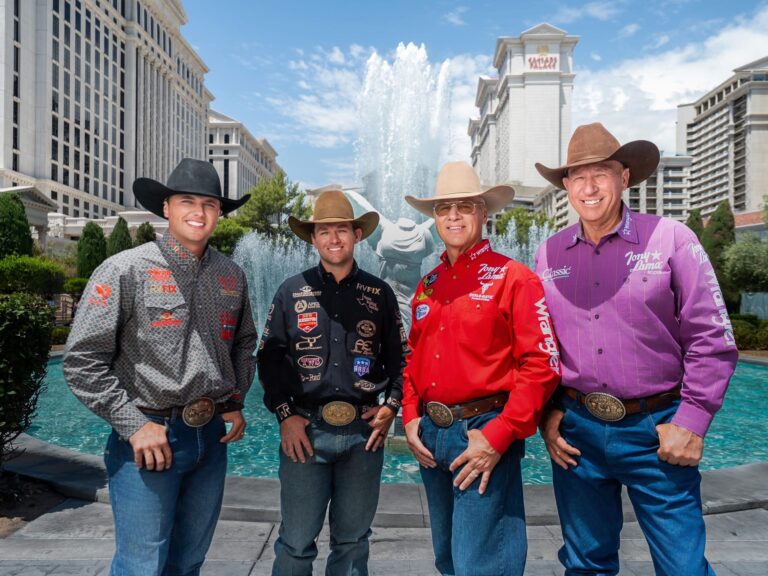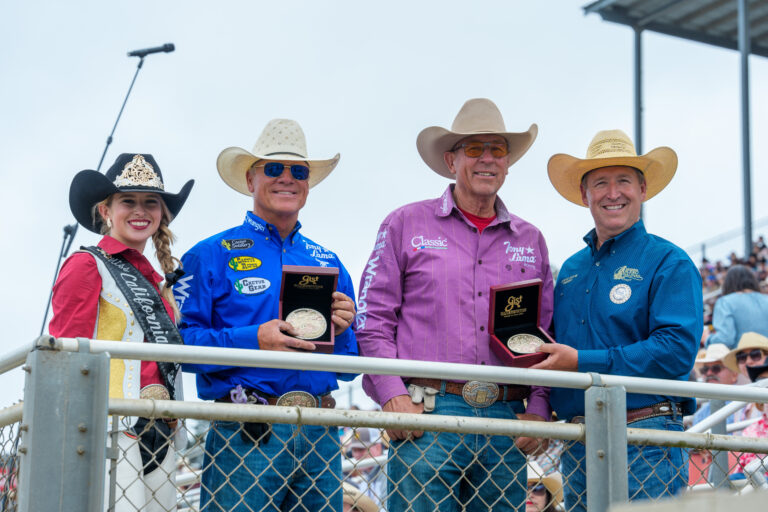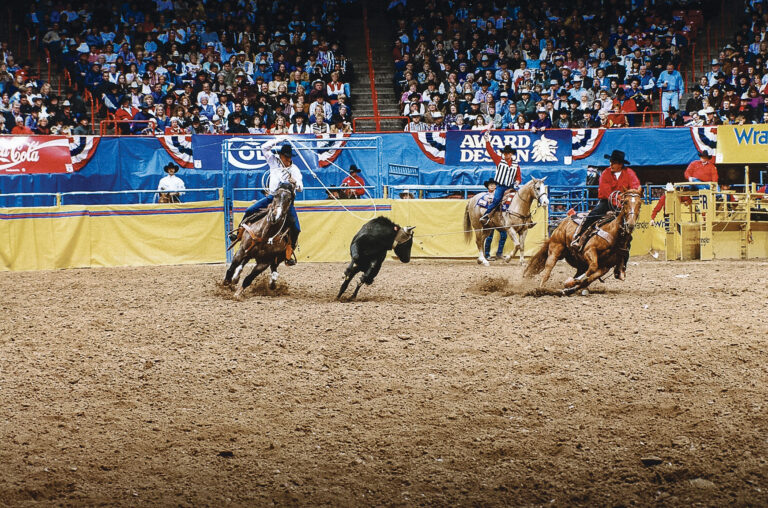
Waving off a head loop is common, especially when you’re roping cattle with smaller horns. A lot of lower numbered ropers are deathly afraid of small horns. As their rope hits after they throw, they’ll hesitate for a split second before pulling their slack. They think they’re letting the loop settle, but end up popping it off the horns. They either do that or they let it drop down on the neck, which means a greater chance of catching a front leg. Everyone has his or her own ideas about what makes the rope come off. You still hear that the reason people wave it off is because they pulled their slack out to the side. I call it the coffee shop theory, where you talk about it with your buddies and come up with the reasons you did that at the roping over the weekend, and it’s still the No. 1 theory out there.
Everyone says it’s correct to drag your slack down by your hip pocket. I purposely pull my slack out to the side, because when I have proper angle on my loop it doesn’t matter where I pull my slack because that loop’s locked on. The reason I want it out to the side is because if you jerk your slack down by your hip pocket, your hand has to come forward before you can dally, which creates slack in your rope as you go to the horn. So you either have to take that slack out by slowing your horse down and setting him as you go to the horn, or you go to the horn with slack in your rope and have to turn that steer with slack in the rope, which affects the handle you’re going to give your heeler. I want that slack tight, and if my arm’s straight and out to the side I’m coming from the right to the left straight to my saddle horn.
When I’m at an average roping, and there are fresher type cattle with smaller horns, I use a rope that’s a little bit softer. I don’t use a brand new rope that’s springy, because I want a more pliable rope that will stay on the horns and doesn’t have a lot of bounce to it. Newer ropes haven’t been pulled down, so can have too much body to them. If your loop is too stiff, it stays open longer. If you have a newer rope you can stretch some of that springiness out of it.
I don’t want to reach at steers under those conditions, unless I have to. So I want to get my position close enough where I can get my elbow up, which makes the angle of my tip steeper. I also want to have plenty of power and speed on my swing. I’m not hesitant on my delivery or when I’m getting my slack. If you’re throwing from further back, the tip of your loop will hit the steer’s shoulder and can make your loop bounce off. I’m basically going to throw and pull my slack at the same time, all in one motion, and be really aggressive with my swing and my slack.
If you’re throwing a loop where the curl comes up in back of the steer’s head between his horns, which locks your loop onto his horns, that tells you you’re throwing a good, correct loop. If you’re throwing a perfect loop, with curl, it’ll lock it onto those horns.
When I’m at a roping with smaller horned cattle I rope them around the neck about 30 percent of the time unintentionally. That’s because I have adjusted my tip down too far to compensate for those smaller horns. It surprises me when I do rope one around the neck, but the good news is you don’t wave it off when you do that. Every once in awhile I rope one around the neck on purpose, but that’s only when cattle have almost no horns. Then I go at them like they’re muleys.
Other things that can cause wave-offs include having too big a loop, and your horse not rating off. If he steps forward as you’re pulling your slack, he jeopardizes your loop. Another common cause at rodeos is when you’re reaching at cattle with smaller horns. If your horse drops his shoulder and you have to hurry back to the horn to try to beat your horse, you can pop it off pretty easily. That distance makes you swing your rope flatter, so you don’t have the angle you need on your loop to keep it on smaller horns.








